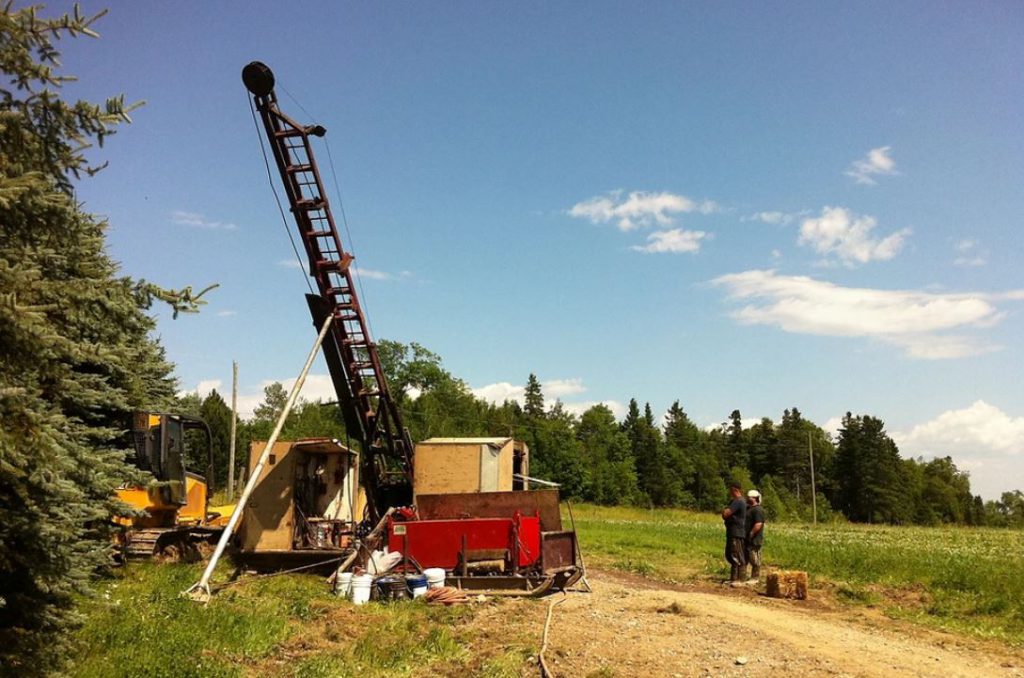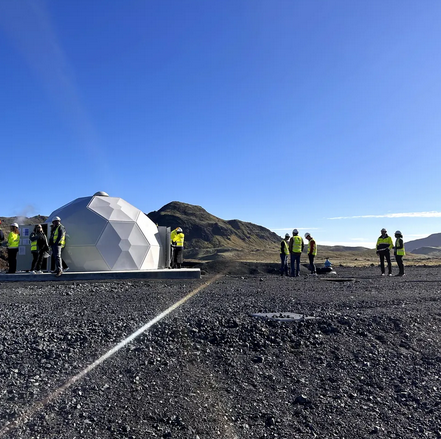Canada’s ambitious EV targets can’t be met without more support for mine supply

The Canadian government continues to forge ahead with new regulations for curbing and eventually ending sales of gas-powered vehicles. Canada’s Electric Vehicle Availability Standard published in mid-December calls for 100% zero-emissions vehicles (ZEV) by 2035.
Under the new Electric Vehicle Availability Standard, auto manufacturers and importers must meet annual ZEV regulated sales targets. The targets begin for the 2026 model year, with a requirement that at least 20% of new light-duty vehicles offered for sale in that year be ZEVs. The requirements increase annually to 60% by 2030 and 100% by 2035.

This is only one part of the government’s ambitious 2030 Emissions Reduction Plan put in place in 2022. The plan targets emissions reductions of 40% below 2005 levels by 2030 and net-zero emissions by 2050.
These ambitious goals are similar to other countries. The United States aims to reduce greenhouse gas emissions by 50% below 2005 levels by 2030. The European Union targets reducing emissions by at least 55% below 1990 levels by 2030. Even China has set the goal to increase renewable energy as the primary source of energy consumption from current levels of around 15% to 25% by 2030 — and pledged to achieve carbon neutrality before 2060.
These goals are admirable, but the reality is that meeting them will require more critical minerals than are currently in the production pipeline.
To meet international EV adoption targets, the world will need 50 new lithium mines, 60 new nickel mines and 17 new cobalt mines by 2030, according to the International Energy Agency (IEA). Cathode materials, anode materials and battery cells will also require additional raw material, adding up to about 388 new mines, it says.
This gap in production for energy transition metals provides an opportunity for Canada. As of 2021, there were only 70 metal mines in Canada, this compares to 270 metal mines operating across the US Investments in clean energy need to grow from $1.3 trillion today, to over $4 trillion by 2030 to meet governments’ goals, according to the IEA.
Spurring new development
To help support their decarbonization plans, governments around the world have introduced more than 100 new initiatives over the last few years, ranging from trade and investment policies to restrictions on imports, exports and international ownership of resources.
Some initiatives aim to help spur investment into natural resources domestically (and with countries deemed ‘friendly.’ Some policies giving the state more control over and revenue from resources have been quickly rolled out, shifting the playing field for investors. Recent examples include Mexico nationalizing its lithium industry in 2022, and Chile raising copper mining royalties while increasing the role of state-owned miner Codelco. Other countries are also reviewing their mining policies and encouraging investment in the industry through tax and other incentives.
The changing geopolitical environment has further complicated government goals. The supply chain issues during Covid-19, and the shift towards domestic production and ‘friend-shoring’ have seen governments favour domestic supplies of critical minerals and securing minerals from allied countries. All while many years of under-investment in mining infrastructure and processing facilities in Western nations presents big hurdles to self-sufficiency.
Production woes
Geopolitics, namely tensions between the US and China and the West and Russia, have introduced new supply risks as global trade splinters. But even friendly nations could present supply risks caused by changing political landscapes, social unrest, or civil wars. For example, unrest in Mexico, Peru and Chile has led to strikes and temporary mine closures. While geopolitical risks are top of mind, the main supply constraint for critical minerals remains the need for increased mine production along with new infrastructure to refine the minerals, a report by the International Renewable Energy Agency (IREA) found last year (Geopolitics of the Energy Transition: Critical Metals).
To compound the problem, the recent decline in battery metal prices is further delaying mining projects due to lack of capital. Lithium prices have plummeted more than 80%, while other battery metal inputs, such as cobalt, nickel, and graphite are down more than 30%. If prices don’t recover, it will deepen shortages of materials in the coming years, putting the brakes on governments’ ambitious agendas to decarbonize their economies.
Analysis from S&P Global Market Intelligence (June 2023) reports that the global average lead times for mine development from discovery to production is 15.7 years, and in Canada this timeline is about nearly 26 months longer.
Investor interest in mining is currently very low partly because of the long-time horizon and the uncertainty that exploration stage projects will be economically viable.
Mine developers in Canada have formidable barriers to overcome. One key problem is that funding for mine innovation per project, at a reasonable dollar amount, with a fair cost of capital, is limited. Lack of infrastructure in remote regions of Canada can also create extra barriers and increase the capital costs for mine developers. The Canadian government addressed the difficulties mining companies face in its 2022 Critical Minerals Strategy pledging that it would partner with the private sector to finance new projects, support building infrastructure needed to develop priority deposits, streamline permitting and regulatory processes and strengthen Indigenous engagement to boost mine supply.
The federal government currently offers incentives to mining companies mostly in the form of tax credits. Some of those include capital cost allowances; exploration expense claims, which are 100% deductible in the year they occur; and the ability to carry forward unused balances or transfer them to investors as flow-through shares. (Flow-through shares allow a mineral exploration company to “flow through” certain expenses to a shareholder; the expenses can then reduce the investor’s taxable income.) Other incentives include the Mineral Exploration Tax Credit and the Critical Mineral Exploration Tax Credit.
Mining companies can also get federal government support through the Clean Growth Hub, Sustainable Development Technology Canada, and access joint funding and research opportunities through CanmetMining.
More to be done
However, to meet energy transition goals, more is needed. Ottawa could improve the chances of developing successful domestic supplies by making all steps of mine study, metallurgy, and materials testing in battery and vehicles eligible for flow-through tax credits until 2030. This should include any end customer testing by global OEMs or their battery manufacturers. Having a more defined and expanded flow-through tax credit system would increase markets’ willingness to fill the funding gap.
To date, government incentives outlined in The Canadian Critical Minerals Strategy appear to help manufacturers (i.e. funding for processing plants and auto manufacturers) more than miners. This could be in part because processing plants and auto manufactures are usually larger companies and entering into contracts with them is easier for government. These facilities are also higher visibility, can often be built faster and provide jobs in more populated areas.
Mining has made immense leaps in technology across recent decades, each step ushered into reality by rigorous third-party engineering and community support. However, critical mining innovation is distinct from precious metals mining innovation, — especially for lithium and graphite — and there are viable projects in critical minerals mining that are facing hurdles that deserve focused support from Ottawa.
The plans announced to date are a start but more action is needed on already outlined plans, such as reducing red tape between federal, provincial and local governments, and increasing incentives (and longer time horizons) for investors. There’s also room to loosen restrictions on investor incentives, and make access to government funding and loan programs simpler.
In short, the Canadian government should consider refining and redoubling its plans for industry support of mine project development, especially in the exploration and mine-site design and planning stages to support domestic production of critical minerals to meet the ambitious energy transition goals.
Chantelle Schieven is head of research at Toronto-based Capitalight Research (capitalightresearch.com).
More News
PDAC Video: Blue Lagoon preps for July gold production start in British Columbia
April 11, 2025 | 02:46 pm
Manganese X poised to begin pre-feasibility study at Battery Hill
April 11, 2025 | 02:39 pm
{{ commodity.name }}
{{ post.title }}
{{ post.date }}




Comments